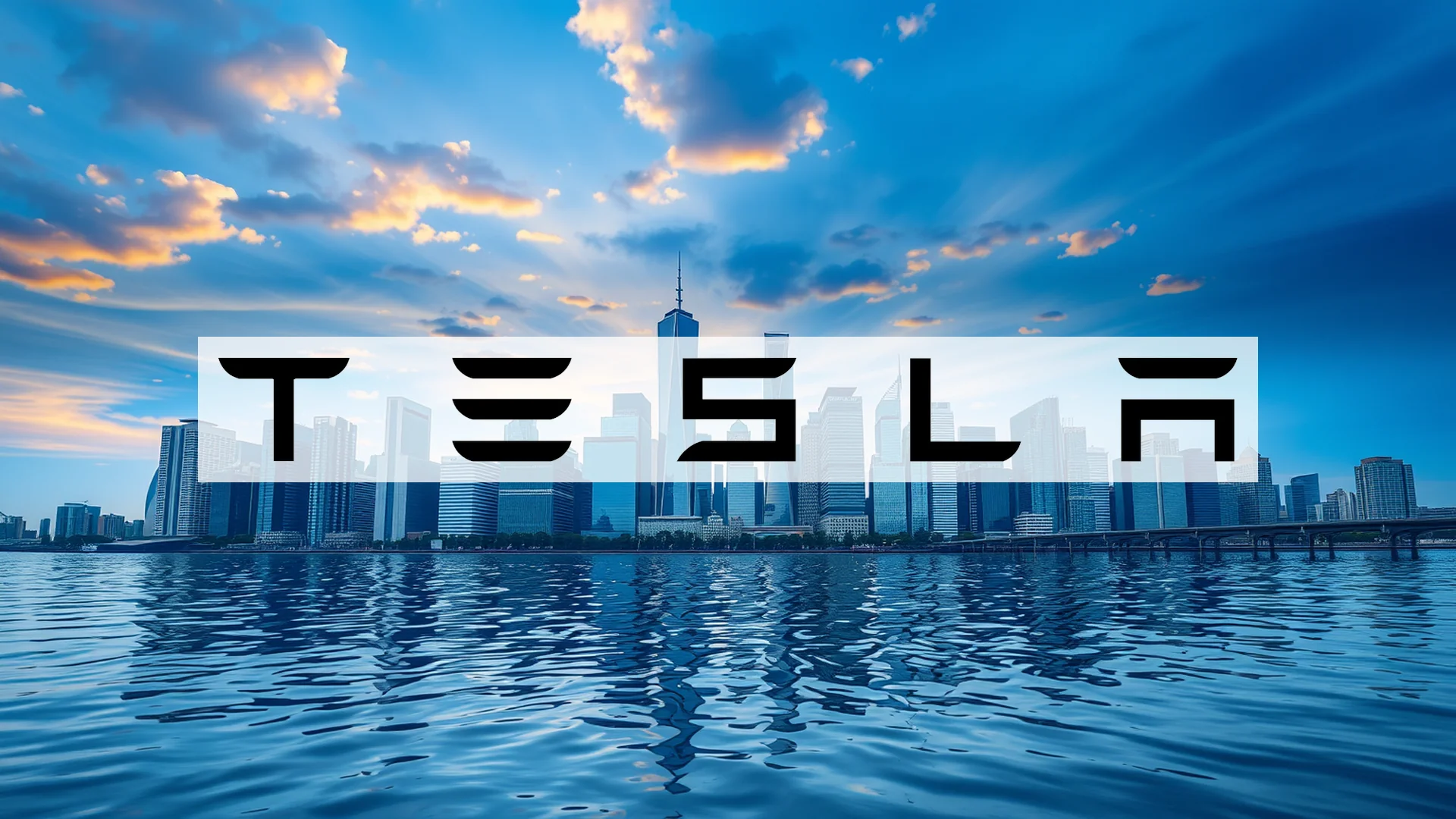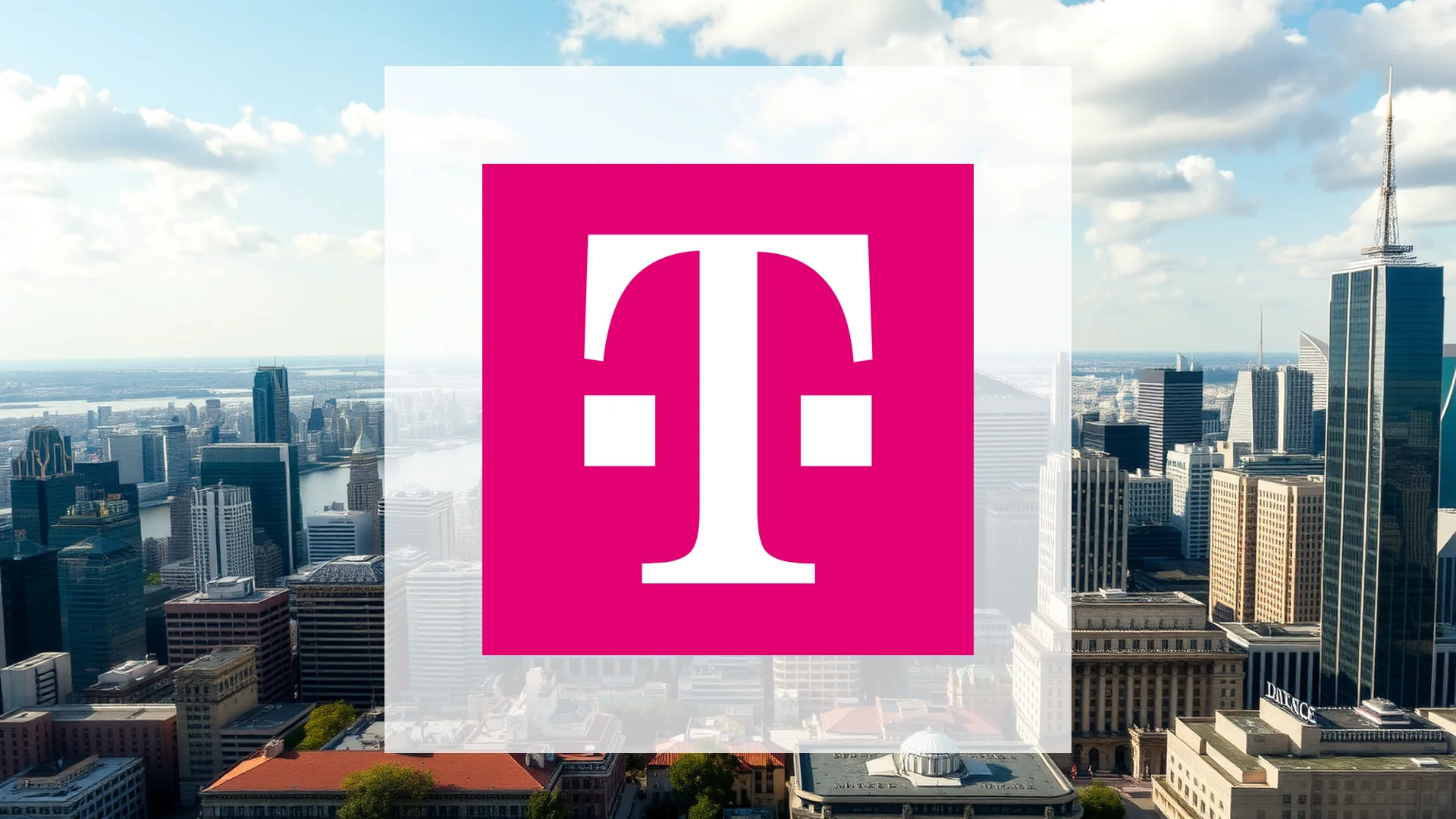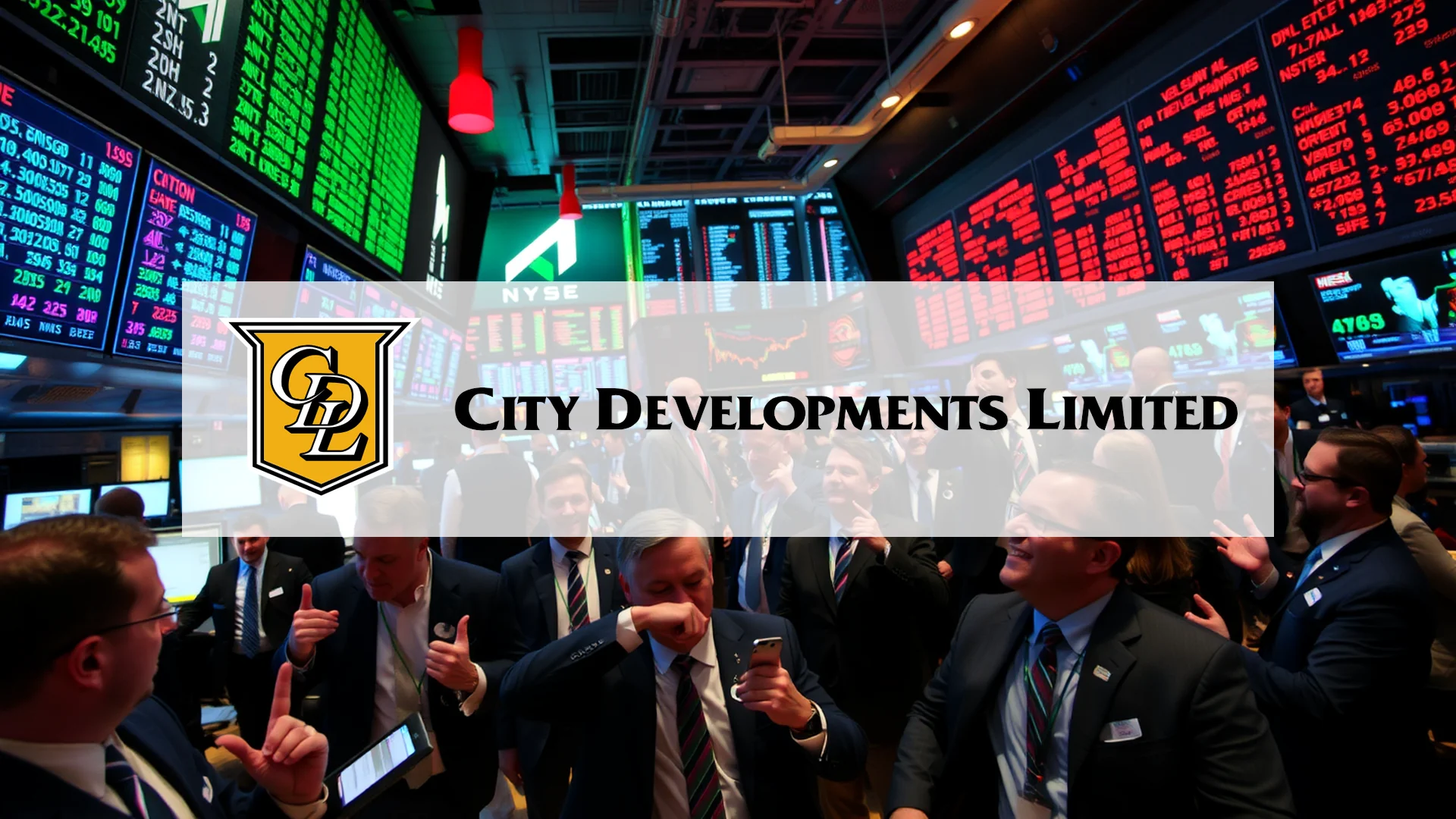Tesla’s latest strategic move to capture broader market share through new lower-priced vehicle variants has generated mixed reactions from investors and analysts. The electric vehicle pioneer finds itself navigating the delicate balance between volume growth and margin preservation as it introduces more accessible versions of its popular models.
Investor Response to Pricing Strategy
Wall Street displayed measured enthusiasm following Tesla’s announcement of new Standard Range editions for its Model 3 and Model Y vehicles. The pricing, while reduced, failed to meet some market expectations. The entry-level models are now positioned at $36,990 and $39,990 respectively, remaining above the psychologically important $30,000 threshold that many investors had anticipated.
Wedbush analyst Dan Ives voiced concerns that the approximately $5,000 price reduction might prove insufficient to significantly penetrate the mass market segment. The moderate discount level has left some market participants questioning whether the new pricing structure will deliver the necessary competitive edge in an increasingly crowded EV landscape.
Divergent Analyst Perspectives
Financial experts remain divided in their assessment of Tesla’s strategic direction. Futurum Equities researcher Shay Boloor characterized the move as purely price-driven without substantial product enhancement. Conversely, Morningstar’s Seth Goldstein identified potential benefits for delivery volumes during the critical fourth-quarter reporting period.
Perhaps the most vivid commentary came from Michael Ashley Schulman, who suggested Tesla is transitioning “from Steve Jobs’ turtleneck to Walmart’s hoodie,” signaling a fundamental shift from premium automaker to mass-market producer.
Should investors sell immediately? Or is it worth buying Tesla?
The new Standard Range models maintain the typical 321-mile driving range but incorporate several cost-saving modifications:
– Elimination of rear touchscreen displays
– Removal of heated rear seating
– Manual mirror adjustments replacing power controls
– Fabric upholstery instead of leather interior options
Competitive and Regulatory Challenges
Tesla’s revised pricing strategy arrives amid intensifying competition from established automakers including Chevrolet, Hyundai, and Kia. Meanwhile, Chinese manufacturers continue to demonstrate more aggressive pricing in global markets, presenting additional competitive pressure.
Beyond market competition, Tesla faces regulatory complications. California’s insurance regulatory body has initiated proceedings against Tesla Insurance, citing significant delays in claims processing that have drawn regulatory scrutiny.
With third-quarter earnings scheduled for release on October 22nd, investors are closely monitoring whether Tesla can successfully increase sales volume while protecting its historically robust profit margins. The substantial trading volume of 100 million shares indicates market participants are carefully evaluating this strategic pivot.
Ad
Tesla Stock: Buy or Sell?! New Tesla Analysis from November 24 delivers the answer:
The latest Tesla figures speak for themselves: Urgent action needed for Tesla investors. Is it worth buying or should you sell? Find out what to do now in the current free analysis from November 24.
Tesla: Buy or sell? Read more here...












